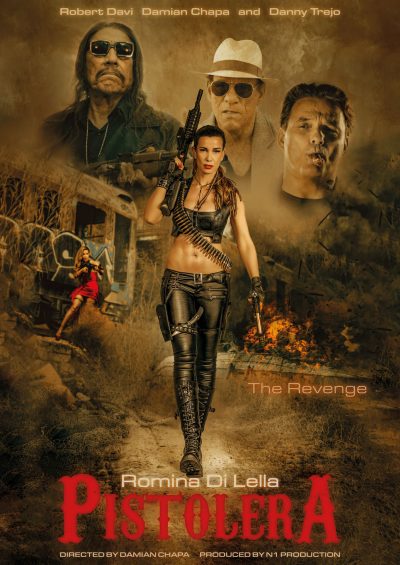 ★★½
★★½
“Lifestyles of the Rich and Communist.”
On a trip to Thailand, businessman’s daughter Wen Wan manages to cause trouble with some rather unpleasant people, causing her father, Wen Ruhu to fear a revenge attack. He hires security consultant Liang Shan to protect Wan, but his business partner Li Kaishi, also sends his daughter, Xin You, as another bodyguard. Shan and You initially see each other as rivals, but as they get to know each other (and stop me if you’ve perhaps heard this before), eventually realize that they both want the same thing, to protect Wan. The sparks become more of the romantic kind, although it turns out that the situation in which they are involved is not as advertised, with envious eyes being cast at Liang’s company and its assets.
Firstly, I apologize for the lack of information on the participants. While in both Chinese and English, the opening credits list only the crew, not the cast, and the end credits (presumably listing the players) are only in Chinese. I found the names of two actors online, but absolutely no info about the characters they played. Nor is there an IMDb page for the movie: I’ve been watching a lot of Chinese films lately, and that often seems to be the case, especially with straight-to-streaming entries like this. Even the images I found for it, such as the one above, manage to mis-spell the movie’s own title. I get they really don’t care much about finding a Western audience, so I am just grateful the print has subtitles.
This begins brightly enough, though after the opening scene, I was a bit confused as to why Wan needs a bodyguard, since she seems quite capable of taking care of herself. [I must also say, for a supposedly Communist country, the luxurious lifestyle she enjoys looks much more like an episode of Lifestyles of the Rich and Famous!] However, it’s clear that You is no slouch in the martial-arts department, though the editing here seems more intended to conceal than show off her physical abilities. Still, she looks the part and it seemed to have potential, with her and her male colleague fending off wave after wave of attempts at revenge.
Except it doesn’t happen. The film grinds to an abrupt halt in the middle, heading firmly for something closer to relationship driven soap-opera, complete with a soppy soundtrack. This sucks all life and promise out of the film, even if the two characters are rather more engaging than the whiny Wan. They’re trying, bless their hearts, it’s just not the kind of scenes I wanted to see: I generally prefer my kung-fu uncluttered with romantic tension (except for Crouching Tiger, Hidden Dragon, of course). There’s a brief burst of energy at the end, when all is revealed. and did regain my interest, though even here You takes a bit of a back seat. It’s very much harmless fluff – I suspect it is the Chinese equivalent of a Netflix Original.
Dir: Feng Zhe
Star: Zhang Yigui, Xie Mingyu.





 The latest entry in the Predator franchise has resulted in sharply divided opinions, partly for reasons that I’m not even going to get into. And, for roughly the 11th millionth time, the reality lies somewhere in the middle. It is probably the best entry in the franchise since Predator 2. However, let’s be clear: Sharktopus vs. Whalewolf would also satisfy that criteria. So, let’s dig in. The year is 1719, and the Northern Plains see a new arrival, in the form of an extraterrestrial visitor, looking to test its mettle against any species unlucky enough to cross its path. They could be animal, or human – the latter include both French trappers and the local Comanches.
The latest entry in the Predator franchise has resulted in sharply divided opinions, partly for reasons that I’m not even going to get into. And, for roughly the 11th millionth time, the reality lies somewhere in the middle. It is probably the best entry in the franchise since Predator 2. However, let’s be clear: Sharktopus vs. Whalewolf would also satisfy that criteria. So, let’s dig in. The year is 1719, and the Northern Plains see a new arrival, in the form of an extraterrestrial visitor, looking to test its mettle against any species unlucky enough to cross its path. They could be animal, or human – the latter include both French trappers and the local Comanches. ★★★★
★★★★ Well, this was a surprise. I was not expecting too much, this being a movie released straight to Hulu or Disney+ (depending on your territory), and starring someone best known for rom-com franchise, The Kissing Booth. Actually, scratch the “too” from that sentence. I went in on the basis that I was contractually obliged to watch it, as the guy running this site. I say this, so you’ll understand how unexpected it is to be writing this: it’s the best action-heroine film of the year so far. This is just thoroughly entertaining, and as the tag-line above suggests, is as close as I’ve ever seen to a genuine, female version of the greatest action movie of all-time.
Well, this was a surprise. I was not expecting too much, this being a movie released straight to Hulu or Disney+ (depending on your territory), and starring someone best known for rom-com franchise, The Kissing Booth. Actually, scratch the “too” from that sentence. I went in on the basis that I was contractually obliged to watch it, as the guy running this site. I say this, so you’ll understand how unexpected it is to be writing this: it’s the best action-heroine film of the year so far. This is just thoroughly entertaining, and as the tag-line above suggests, is as close as I’ve ever seen to a genuine, female version of the greatest action movie of all-time. 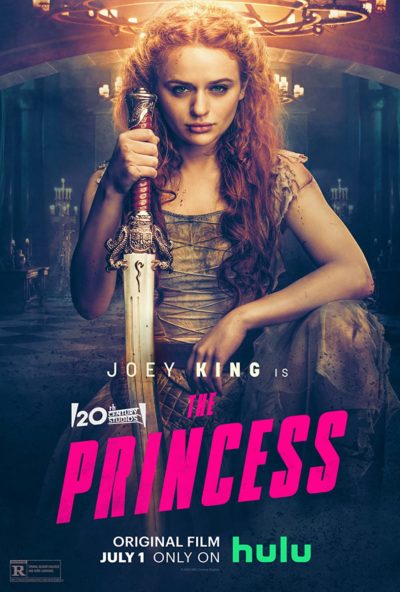 This reaches its height in a glorious, extended sequence, with the Princess battling her way down the tower’s staircase. It feels as if it’s 20 minutes long, such is the energy contained in it. There’s even a beautiful moment of tension releasing humour, part of a running gag involving one of Julian’s minions who is too fat for all the stairs he’s ordered to climb. Nothing thereafter, including the inevitable fight against her wannabe husband, quite reaches the same heights. Glover is good value as Julian, staying just this side of a pantomime villain. As Die Hard shows, having a memorable antagonist is an important element. He’s not quite Alan Rickman – though who is? And I do have to question some of Julian’s decisions.
This reaches its height in a glorious, extended sequence, with the Princess battling her way down the tower’s staircase. It feels as if it’s 20 minutes long, such is the energy contained in it. There’s even a beautiful moment of tension releasing humour, part of a running gag involving one of Julian’s minions who is too fat for all the stairs he’s ordered to climb. Nothing thereafter, including the inevitable fight against her wannabe husband, quite reaches the same heights. Glover is good value as Julian, staying just this side of a pantomime villain. As Die Hard shows, having a memorable antagonist is an important element. He’s not quite Alan Rickman – though who is? And I do have to question some of Julian’s decisions. 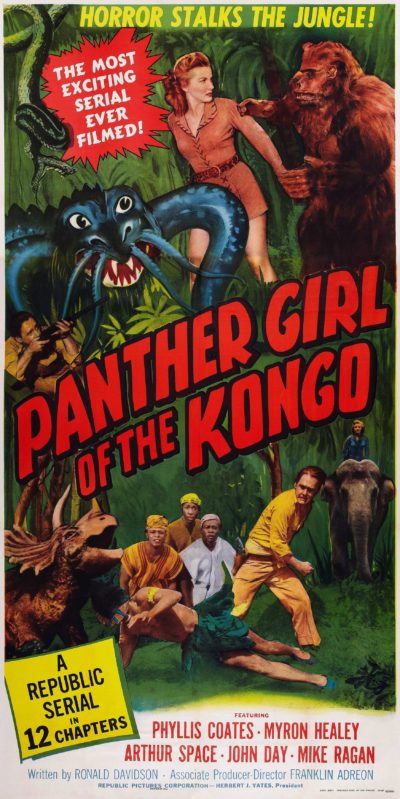 This was the second-to-last of Republic’s sixty-six serials and, to be honest, it shows. Having watched
This was the second-to-last of Republic’s sixty-six serials and, to be honest, it shows. Having watched 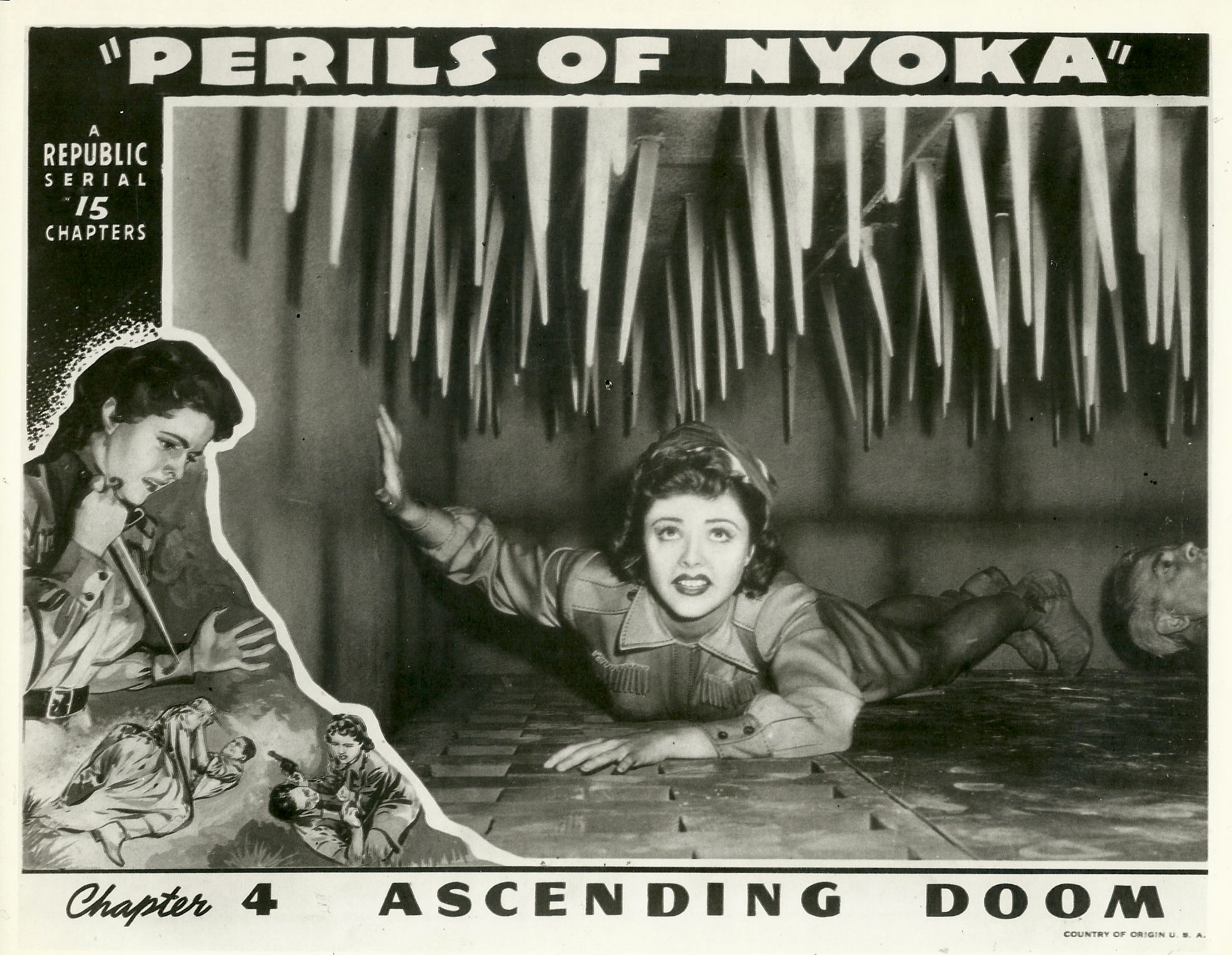 ★★★½
★★★½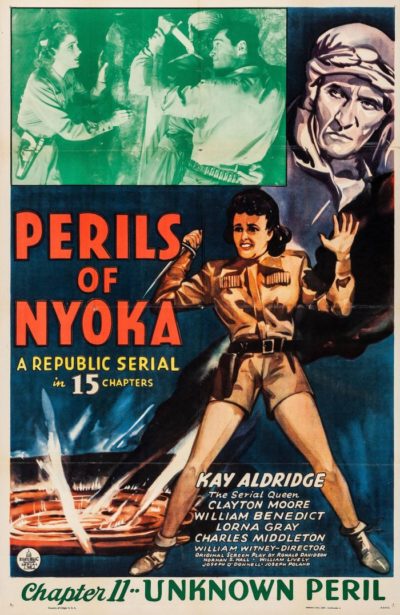 This was the first serial I had watched since
This was the first serial I had watched since 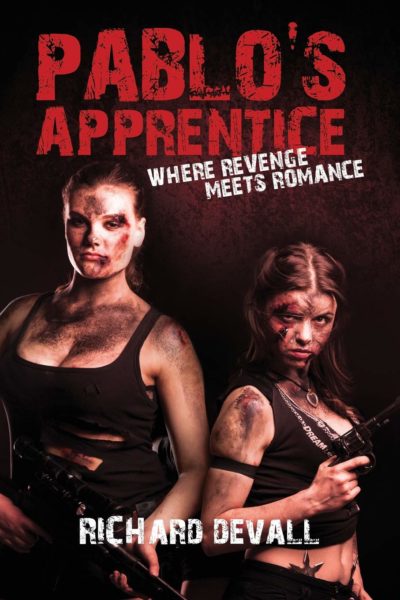
 On the one hand, this is obviously The Asylum’s mockbuster version of Dune, and that carries with it weightily low expectations. But, dammit if I didn’t actually
On the one hand, this is obviously The Asylum’s mockbuster version of Dune, and that carries with it weightily low expectations. But, dammit if I didn’t actually 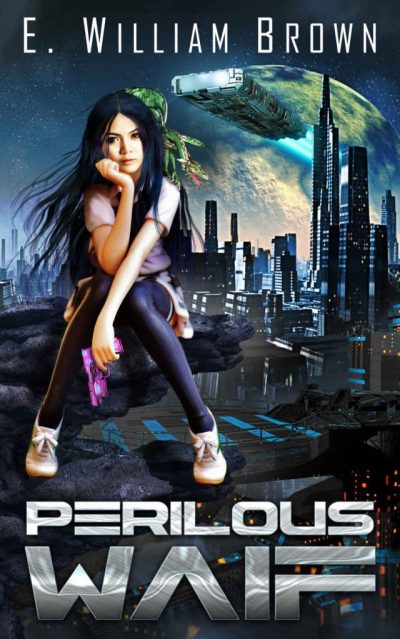
 It’s nice to see Maggie Q get back into the action genre again. It’s where she achieved renown – most obviously in the second
It’s nice to see Maggie Q get back into the action genre again. It’s where she achieved renown – most obviously in the second 